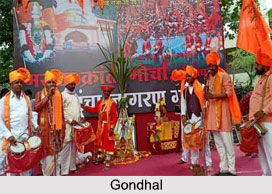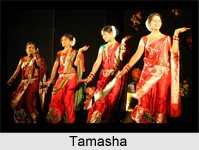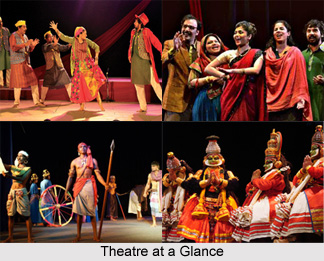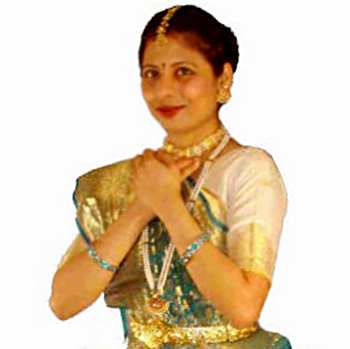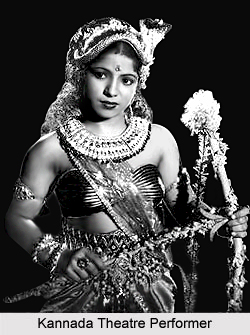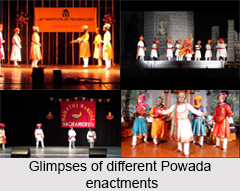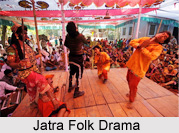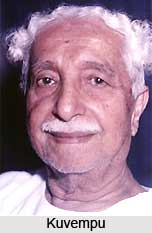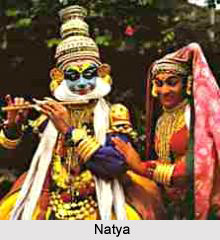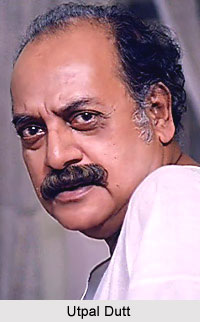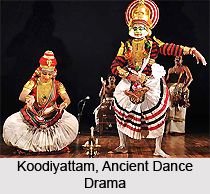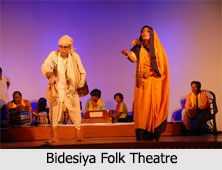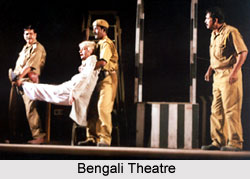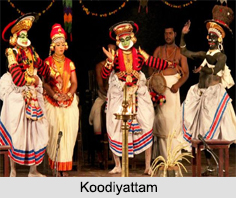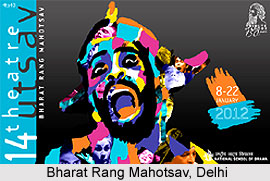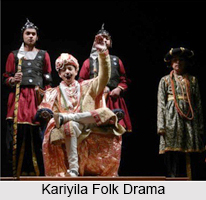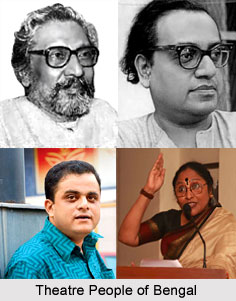Modernity and nationalism in Indian theatre have played a major role towards making people aware of the social, economic and cultural change. Indian theatre have always catered to the need of making people aware of the social happenings through innovative and interesting play scripts and narratives.
Evidently, theatre could not be disentangled from the idea of the national; rather, it became deeply entrenched in nationalist thought and its accompanying contradictions. It is possible to identity the beginnings of a `national` theatre in the latter half of the nineteenth century with the production of a number of anti- colonial plays in Bengal theatre such as the Nil Darpan (The Indigo Mirror, 1860), written by Dinabandhu Mitra and with Harishchandra`s plays in the Hindi belt, in particular Varanasi and its surrounding regions.
These plays attracted the attention of the British government and were partially responsible for the passage of the Dramatic Performances Act of 1876. Emerging soon after the Sepoy Mutiny of 1857 and the Bengal Indigo cultivator Revolt, 1860, the political themes in these plays showed seeds of discontentment even before the formation of a full-blown movement of Indian nationalism.
For nineteenth century Bengal, national theatre meant a critique of colonialism that ultimately relied on colonial models. Addressing the connections and contradictions of the nationalist urge to define an autonomous identity and selfhood, which resorted to an imitation of British or colonial models, including architecture, stage design, and the proscenium arch. During the nineteenth century modern Bengali theatre phase there were cases that invoked the imagined Hindu glory of India while situating it in the modernity of colonial Victorianism. Other contradictions included the exclusion of Muslims from the parameters of the nation and the erasure of women from the plays` thematic concerns.
The anti-colonial sentiment, which intensified during the early decades of the twentieth century, brought along with it a renewed nationalistic energy in theatre that was often encoded in mythological and historical plays, as seen in the plays of Radheyshyam Kathavachak and Jayshankar Prasad in Hindi theatre, respectively, right through the 1920s and 1930s. Suffused with a spirit of a revivalist Hinduism, the `national` in mythological plays, dominant in Hindi and Marathi drama and theatre, included the consolidation of religious values and dharma (moral duty) towards the nation that demanded anti-colonial action. Simultaneously, though, drama saw the development of a strong social vision that addressed class issues and themes regarding `untouchability,` which, in turn, shaped visions of a national theatre.
With the rise of Left movements in the 1940s, the idea of a `National Theatre` came to be located in the context of class struggle by groups such as the Indian People`s Theatre Association (IPTA).
